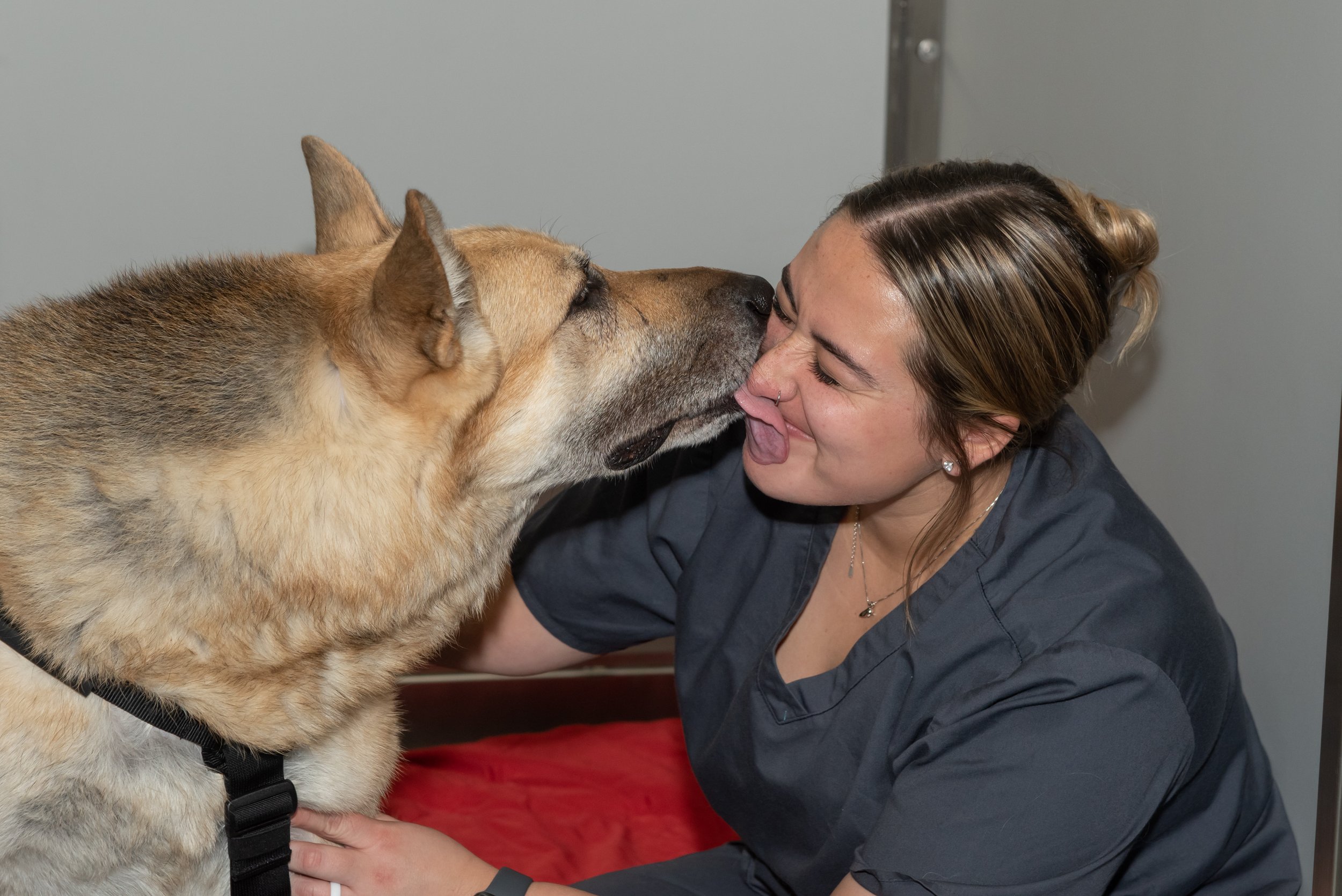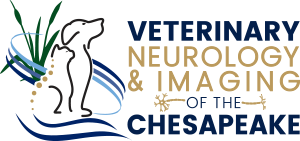
MRI VS CT
CT and MRI are essential medical imaging techniques that offer detailed insights into a patient’s body. CT scanners use X-rays to provide cross-sectional and 3-dimensional images of the area of interest, making it most ideal for looking at bones, certain tumors, internal organ structures and vasculature. In contrast, MRI employs a powerful magnetic field to produce high-resolution detailed images of soft tissues, making it the gold standard for imaging the spinal cord and brain, as well as giving the most detailed images of joints (like the shoulder or knee) for musculoskeletal disorders.
Toshiba AQUILION AQ 64 CT scanner
CT (Computed Tomography):
CT uses X-rays to create cross-sectional images of the body.
It provides detailed images of bones, blood vessels, and organs.
CT scans are generally faster than MRI scans, usually taking only a few minutes to complete.
It is useful for detecting and diagnosing conditions such as fractures, tumors and bleeding.
CT scans are often used in emergency situations due to their quick turnaround time.
CT scans can be performed on patients with metallic implants, such as pacemakers or joint replacements, although some precautions may be necessary.
Contrast agents may be used during CT scans to enhance the visibility of certain structures or abnormalities.
CT scans involve exposure to ionizing radiation, although the amount is typically considered safe.
GE 1.5t 16-channel MRI
MRI (Magnetic Resonance Imaging):
MRI uses a powerful magnetic field and radio waves to generate detailed images of the body's soft tissues.
It provides high-resolution images of organs, muscles, nerves, and ligaments.
MRI scans generally take longer than CT scans.
It is particularly effective in detecting abnormalities in the brain, spinal cord and joints.
MRI is often used for diagnosing conditions such as brain tumors, joint injuries, and musculoskeletal disorders.
Patients with metallic implants, such as pacemakers may not be eligible for MRI scans due to safety concerns.
Contrast agents can be used during MRI scans to enhance the visualization of certain tissues or abnormalities.
MRI does not involve exposure to ionizing radiation, making it a safer option for repeated imaging, particularly in pediatric and pregnant patients.

It's important to note that the choice between CT and MRI depends on the specific clinical scenario, the body part being examined, and the information required by the healthcare provider to make an accurate diagnosis
Veterinarians should strongly consider referring their patients to VNIoC for imaging services. With our state-of-the-art MRI and CT scanners, we provide exceptional image quality to aid in an accurate diagnosis and precise treatment planning. Additionally, our commitment to swift and efficient service ensures minimal waiting times for appointments and prompt delivery of imaging results. By choosing VNIoC, veterinarians can trust that their patients will receive expedited imaging services, enabling timely intervention and improved patient outcomes.







